DPW director: Chapter 90 funding ‘doesn’t go nearly as far as it used to’ in Greenfield
| Published: 04-21-2024 10:17 AM |
GREENFIELD — Newly paved roads and repairs to the Mill Street Bridge are in the works for the city, using funds from the Chapter 90 program that provides municipalities annual funding for upgrades to local transportation infrastructure.
Department of Public Works Director Marlo Warner II said Chapter 90 funding is one of the most important sources of money the city receives each year.
“It helps us keep up the condition of our roads and our road maintenance,” he said. “Almost all of our Chapter 90 [funds] go toward our roadwork here in Greenfield.”
Earlier this month, the Senate unanimously approved $375 million in bond authorizations for statewide transportation projects. This includes $200 million for the state’s Chapter 90 program, $25 million for the construction of roads in rural areas and $150 million for other municipal projects, such as improvements to mass transit stations and grants for electric vehicles.
According to state data, Greenfield received $623,697 in Chapter 90 funding last year, along with $324,000 from the Fair Share Amendment, which generated $100 million to support local infrastructure needs through a 4% tax on annual incomes over $1 million.
However, funding was released late to municipalities in 2023, pushing some road projects from last summer into this year. Warner said it’s important that these monies are distributed on time so municipalities can submit project requests to the Massachusetts Department of Transportation and give contractors enough time to complete roadwork.
“We’re going to be doing two projects this year because the one they’re doing now got delayed from last year,” he explained. “When [the funds] were released that way, the contractors couldn’t get to everything before winter. So our paving program from last year, the roads and streets that were on that, were pushed.”
Sen. Jo Comerford, D-Northampton, said the Chapter 90 funding amount is a “good step forward, but it is certainly not enough.”
Article continues after...
Yesterday's Most Read Articles
 Greenfield homicide victim to be memorialized in Pittsfield
Greenfield homicide victim to be memorialized in Pittsfield
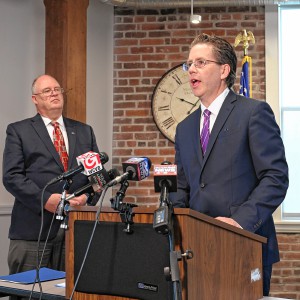 1989 homicide victim found in Warwick ID’d through genetic testing, but some mysteries remain
1989 homicide victim found in Warwick ID’d through genetic testing, but some mysteries remain
 As I See It: Between Israel and Palestine: Which side should we be on, and why?
As I See It: Between Israel and Palestine: Which side should we be on, and why?
 Softball: Greenfield puts up 9-spot in the 8th inning to knock off rival Turners 11-2 in extra-inning thriller (PHOTOS)
Softball: Greenfield puts up 9-spot in the 8th inning to knock off rival Turners 11-2 in extra-inning thriller (PHOTOS)
 DA to announce breakthrough in 1989 unsolved homicide in Warwick
DA to announce breakthrough in 1989 unsolved homicide in Warwick
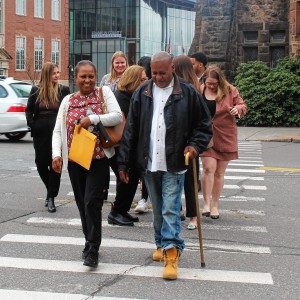 Former Greenfield man granted new trial after 1995 murder conviction, walks free
Former Greenfield man granted new trial after 1995 murder conviction, walks free
“I wish there was more money,” she said. “But I am heartened by the fact that the Legislature is continuing to demonstrate that a one-size-fits-all policy and the budget doesn’t fit western Massachusetts.”
Comerford said that historically, Chapter 90 has not equitably served rural communities due to its formula, which allocates funds based on population, road miles and economic activity. The $25 million rural road funding is an attempt to invest in rural communities that have outstanding needs but aren’t recognized through the funding formula.
“Rural communities have particular opportunities and we have particular challenges,” she said. “I do think this rural road fund is the Legislature’s acknowledgment that we need different kinds of help.”
Warner said although Greenfield didn’t experience as much snowfall this past winter compared to previous years, the weather still had a major impact on the city’s roads.
“It was actually a very difficult winter on our road system this year,” he said. “Because of the constant freeze and thaw cycles that we see, it gets really cold and then we get rain. The water gets down into the road subsurface and then it refreezes for a couple of days and it creates a lot of potholes.”
Chapter 90 funding for Greenfield has been declining steadily since 2016, when the city received $637,551. Warner said the funds generated from the Fair Share Amendment were “quite needed” since the department was just able to break even.
“Chapter 90 has been frozen for many years here in Greenfield,” he said. “In fact, it’s gone down a little bit and we know costs have gone up about 40% just in the past six or seven years. So that money doesn’t go nearly as far as it used to.”
One of the included municipal projects is the Municipal Small Bridge Program, which provides financial support to cities and towns for small bridge replacement, preservation and rehabilitation projects.
The Boston Globe recently highlighted that 676 bridges in the state are considered “structurally deficient,” according to data from MassDOT. Nine of those bridges are located in Greenfield.
“Deficiency is a tricky word because we inspect the bridges yearly and we get reports on it, and some of them have deficiencies but they’re not critical at this point,” Warner said. “Nothing has come through in any of the reports that they’re deteriorating to the point where they’re unsafe or anything. Obviously we’d be addressing those.”
He added that the Mill Street Bridge has some minor deficiencies that the city hopes to repair now before it gets worse and becomes more expensive to fix.
The legislation now awaits final enactment in each branch of the Legislature before being sent to Gov. Maura Healey’s desk for her signature. Each municipality’s allocation will be determined by MassDOT after the bill is passed.
Tanisha Bhat writes for the Greenfield Recorder from the Boston University Statehouse Program.

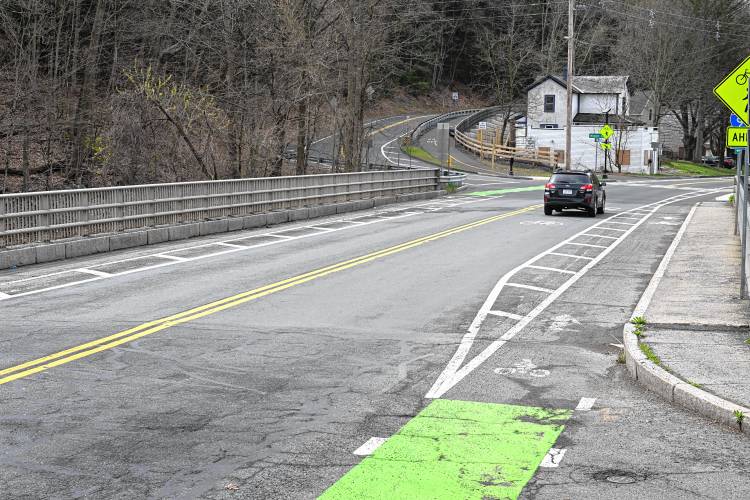
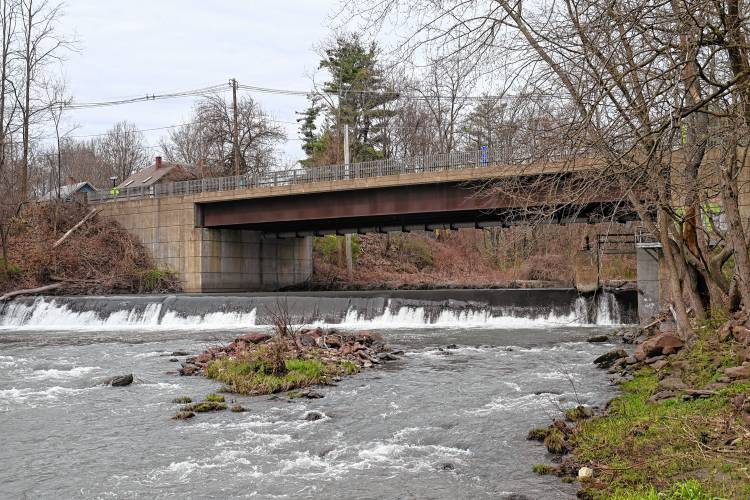
 Deerfield candidates, Whately incumbent discuss issues with voters at South County Senior Center
Deerfield candidates, Whately incumbent discuss issues with voters at South County Senior Center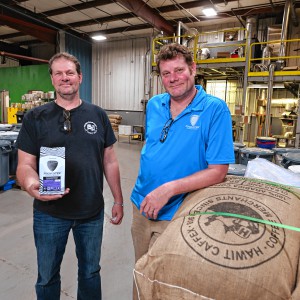 Fogbuster Coffee Works, formerly Pierce Brothers, celebrating 30 years in business
Fogbuster Coffee Works, formerly Pierce Brothers, celebrating 30 years in business Doors open at Tilton Library’s temporary home at South Deerfield Congregational Church
Doors open at Tilton Library’s temporary home at South Deerfield Congregational Church
